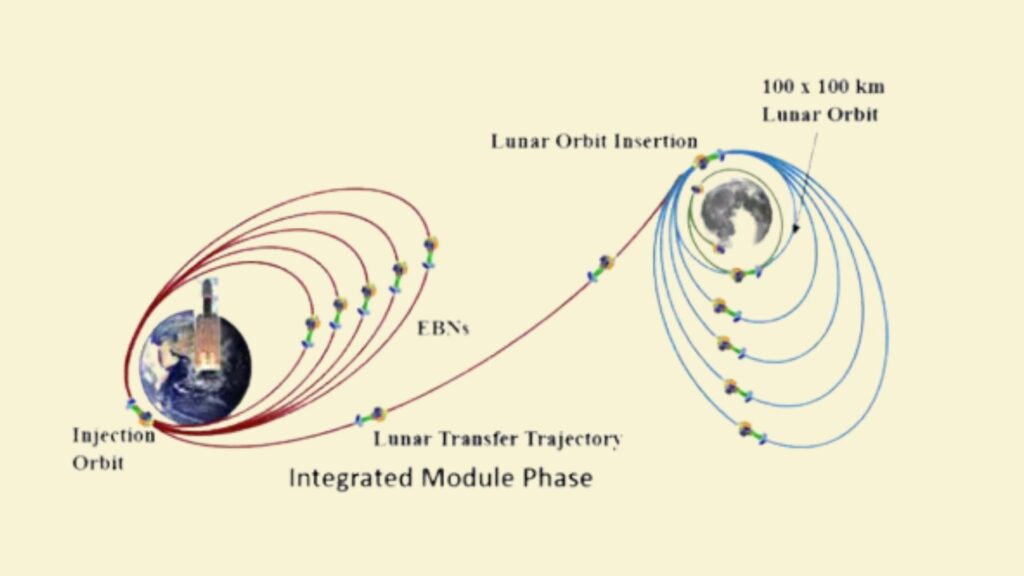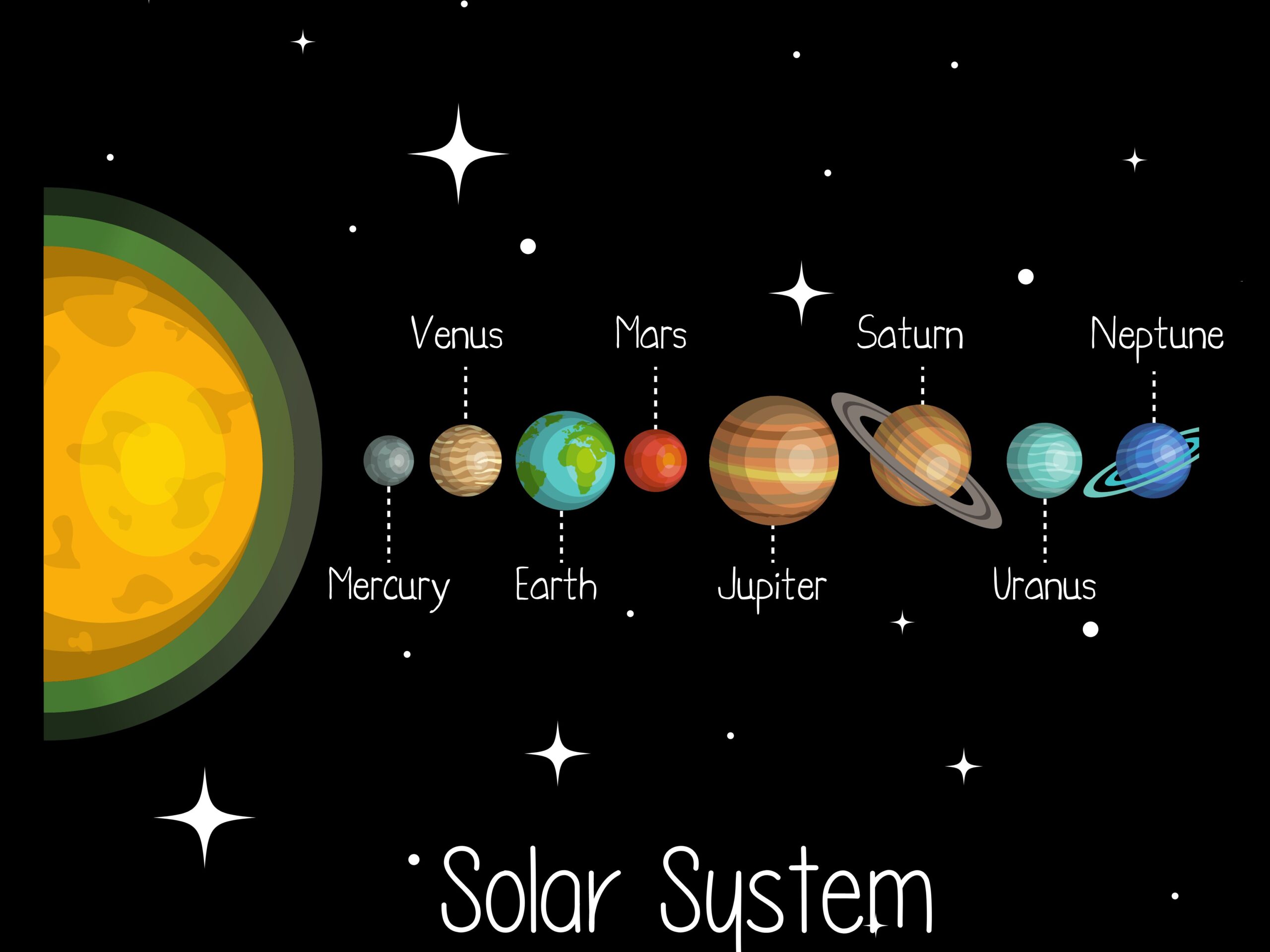
Imagine you’re playing with a bouncing ball or swinging on a swing. You’ve probably noticed that the ball bounces up and down, or you swing back and forth. These motions involve two important forces: gravity and something called “levity.”
Gravity is what keeps us grounded on Earth and makes things fall down when we drop them. Levity, on the other hand, is like the opposite of gravity. It’s what makes things rise or go up.

Now, think of these up-and-down motions as cycles, like a full swing of the pendulum or a bounce of the ball. Each time the motion goes up and down, it completes one Gravity Levity Cycle (GL Cycle).
Here’s where it gets interesting: the more GL Cycles something goes through, the more it reacts. This means that the more times something bounces or swings up and down, the stronger the effect or reaction becomes.
To make this work even better, we need to play with the weight of the object. When the object is going down due to gravity, we can increase its weight. And when it’s going up due to levity, we can make it lighter. This difference in weight between the up and down motions improves something called “mechanical advantage,” which basically means we can get more out of the system.
Think of it like a see-saw. If one side is much heavier than the other, it’s easier for the heavier side to push the lighter side up. That’s the mechanical advantage at play.
But there’s more! The angle at which gravity is acting also matters. Imagine you’re swinging sideways on a swing. The angle at which you’re swinging affects how much levity and gravity are at play. By adjusting this angle, you can actually make the whole system work even better, optimizing the number of GL Cycles.
In essence, the Gravity Levity Cycle is a really cool concept that involves playing with the forces of gravity and levity to create reactions in systems like bouncing balls, swings, and pendulums. By increasing weight during down motions and reducing weight during up motions, and by tweaking the angle of gravity, we can make these systems more efficient and effective. It’s like a playful dance between gravity and levity that leads to some amazing effects!


Remember, this is a simplified explanation, and the actual physics behind it can get quite complex. But the idea of using these principles to create efficient and reactive systems is truly fascinating!




